
Tune into the latest episode of Talking Humanitarianism with Ekatherina Zhukova and Sarah Rosenberg-Jansen to find out more about what humanitarian energy is and how it operates in contexts of displacement.
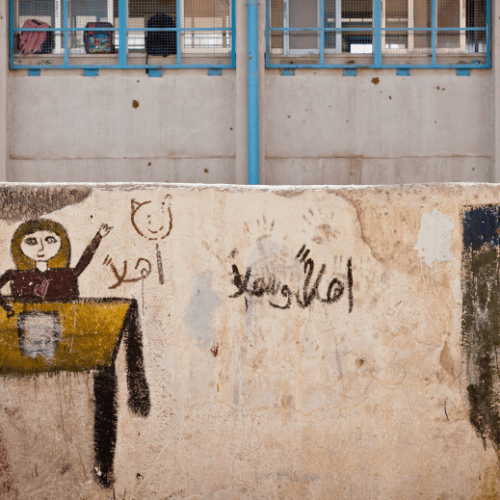
This CMI report brings attention to the UNRWA funding crisis and the humanitarian and political risks for the international community if this is not addressed.
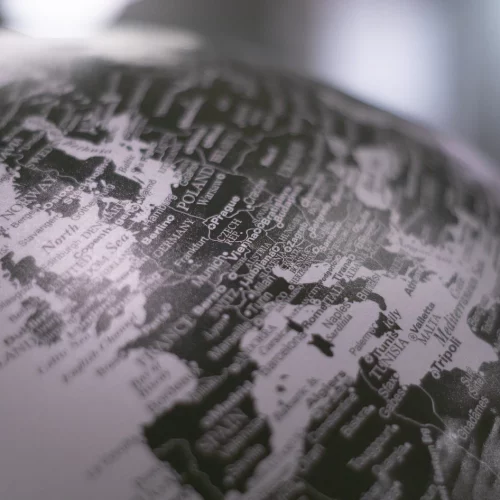
This CMI report explores the dynamics and effects of temporary protection practices in Norway.

Supported by funding from the NCHS, two CMI researchers have launched a new initiative in Columbia on sustainable and inclusive resettlement in contexts of violent conflict.

Upcoming lunch seminar explores the paradigm shift in Danish asylum policy through politics of exhaustion.

Join this PRIO seminar from 1-2 December taking stock of how humanitarian borders have evolved since 2015 and discussing key challenges today, between new and protracted reception sites.
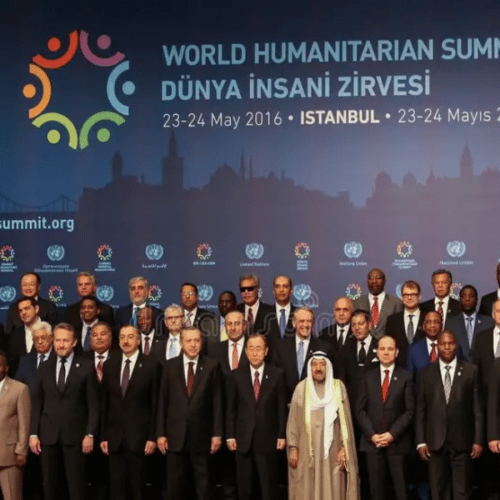
Join this workshop on 25 November at Erasmus University, Rotterdam to take stock of the Agenda for Humanity six years after its adoption.
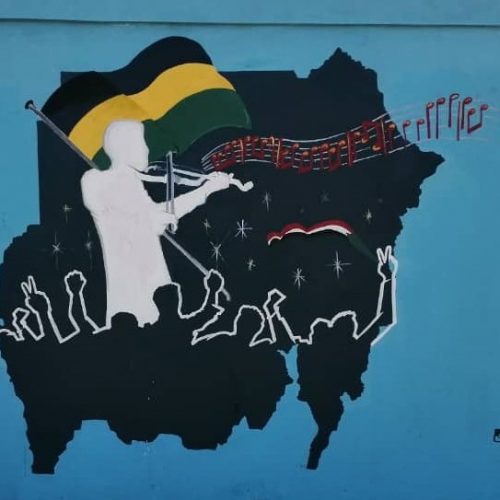
New article explores the idea that art plays a role in individual, communal, and societal transformations in contexts of violent conflict and displacement.
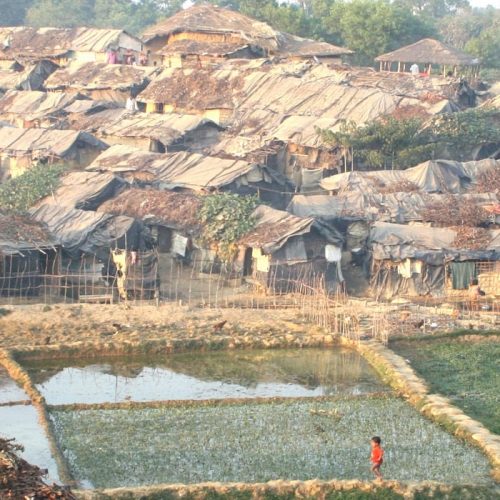
The DENx blog explores the relationship between displaced people and the environment, as part of the ‘Prioritising Displacement-Environment Nexus’ research project hosted at CMI.
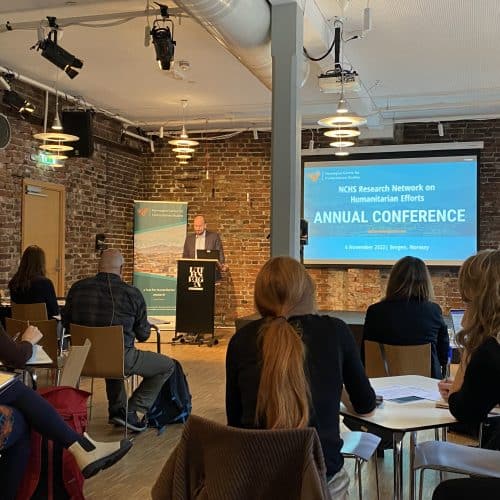
This year the NCHS Annual Conference offered a platform for reflections on the role of Islamic actors in humanitarian action and an evaluation of humanitarian interventions in war.
The fundamental dispute between Pakistan and Afghanistan is about their shared border, also known as the Durand Line, established by the British through the Durand Line agreement with Afghanistan in 1893. While Pakistan accepts it as an established international boundary, Afghanistan has yet to officially acknowledge it as such (noting Afghanistan has refrained from taking the matter to international platforms like the International Court of Justice). In Afghanistan, both Pashtun nationalists and groups identifying with political Islam, referred to as Islamists in this blog, refuse to officially recognise the border. Pakistan, however, actively supports Islamist groups to gain power in Afghanistan, while simultaneously opposing and undermining Pashtun nationalist political forces. This is a paradox that remains far from fully understood.
My latest research offers fresh insight into Pakistan’s preference for Afghan Islamists over Pashtun nationalists (Taj, 2022). The study shows there is a clash between the state identities of Pakistan and Afghanistan. Afghan Pashtun nationalists and Islamists approach this identity clash in different ways. Pakistan’s powerful military generals, who shape the country’s Afghan policy, favour the approach taken by the Afghan Islamists. This critical factor provides an important explanation for Pakistan’s unwavering support for Afghan Islamists, despite international pressure and the ensuing violent consequences within Pakistan.
For historical reasons, Pakistan’s core self-identity is Islamic, a stance that also serves pragmatic purposes. Being a multi-ethnic nation, the idea of Islam as state identity implies that Islam, as an overarching national identity, will overcome the prevailing ethnic differences in the society and result in a common Pakistani identity, which will curb the potential for secessionist tendencies on an ethnic basis. On the other hand, Afghanistan, also a multi-ethnic nation with an Islamic identity, centres its core self-identity around Pashtun ethnicity due to various historical reasons, despite the debates regarding its ethnic demographics (Shah, 2020).
The two states have different self-identities and they clash. Other Muslim countries have no problem with the Islamic identity of Pakistan but Afghanistan does. The reason is that a dominant section of Afghanistan’s own Pashtun population does not accept the Pashtun territory of Pakistan as part of Pakistan (Qassem and Durand, 2008). Since the era of Emir Dost Mohammad Khan (1826–39; 1843–63), a persistent Pashtun popular desire exists in Afghanistan that calls for reclaiming the ‘lost’ Pashtun territories. In Afghanistan, the popular Pashtun narratives about Pakistan are that Pakistan is an ‘unnatural state,’ a ‘British colonial project,’ and the ‘Punjab Regiment’ (of the British Indian army),’ which ‘uses’ Islam to ward off people’s attention from its ‘occupation’ of a part of the Pashtun land that belongs to Afghanistan.
Afghanistan finds it difficult to have its Pashtun self-identity continuously reaffirmed by its own dominant Pashtun public opinion, if it recognises the Pashtun areas in Pakistan, as an integral part of Pakistan. This predicament generates uncertainty within the Afghan state over its Pashtun identity, prompting it to challenge Pakistan’s Islamic identity and refuse the Durand Line as international border.
Afghanistan poses a challenge to the self-identity of Pakistan when Afghanistan asserts its self-proclaimed right to speak for the Pashtuns of Pakistan and refuses to recognise the border between the two countries. Pakistan has no problem with Afghanistan’s Pashtun identity, provided Afghanistan refrains from questioning Pakistan’s Islamic identity, which it does not. This is the clash of self-identities between the two countries that creates cognitive unease within both states. It quickly transforms into ontological insecurity — a fundamental uncertainty about self-identity.
When faced with anxiety over self-identity, states turn to self-identity-affirming routines, that seek to diminish doubts about self-identity (Chernobrov, 2016; Epstein, 2007). The routines help to bring a threatening environment under cognitive control. The routines may be peaceful or violent. Both Pakistan and Afghanistan have self-identity-affirming routines. Pakistan maintains relatively consistent routines, while some of Afghanistan’s routines fluctuate, depending on the incumbent power: nationalist or Islamist.
Initially, Pakistan adopted routinisation with Afghanistan through normal diplomatic relations and economic links. Yet, this approach proved ineffective due to Afghanistan’s refusal to acknowledge the border. Tensions often escalated, resulting in drastic incidents like diplomatic withdrawals, flag burnings, media campaigns, spy accusations, and sporadic border clashes. In response, Pakistan sought alternative avenues for routinisation of the relationship with Afghanistan.
One, Pakistan integrates Afghanistan into its animosity-driven relationship with India, viewing Afghanistan as a ‘brotherly Muslim’ state while labeling ‘Hindu’ India as an existential threat. Afghanistan’s stance on the Durand Line is thus seen by Pakistan as a part of Indian attempts to undermine Pakistan. Any Afghan attempts to voice concerns for Pakistani Pashtuns are swiftly rejected as ‘India-backed propaganda’. Thus publicly, Pakistan perceives Afghanistan not as a direct enemy, despite the latter’s stance on the Durand Line, but as a country where some elements aligned with India are hindering cordial relations between the states.
Two, Pakistan integrated Afghanistan into its relationship with the Western world, especially during the Cold War, leveraging Western concerns about the Soviet Union. Despite limited direct Soviet threats and no risk of domestic communism, Pakistan sought Western support for military aid, bolstering its stance against India and countering Afghanistan’s position on the Durand Line. This effort succeeded, gaining Cold War-era backing from the US and UK for Pakistan’s Durand Line stance.
Third, Pakistan established ties with Muslim countries to also reinforce its position on the Durand Line. Afghanistan’s efforts to rally Islamic support for its stance via collective Muslim platforms like the OIC (Organization of Islamic Cooperation) did not find backing from Muslim states (Ghaus, 1988).
Fourth, Pakistan has integrated a significant portion of its Pashtun population, especially in the settled districts (the area not adjacent to the Durand Line), a phenomenon known as ‘Pakistanisation.’ This term denotes the integration of Pashtuns into Pakistan’s state apparatus. Pashtuns constitute the second largest ethnic group in Pakistan’s armed forces and are also interwoven into the civil bureaucracy, prominent political parties, and in Karachi, the economic hub of Pakistan. They inhabit all corners of Pakistan. This ‘Pakistanisation’ consequently results in Pakistani Pashtuns giving little regard to Afghanistan’s self-declared assertions over Pakistani Pashtun territories.
One, Afghanistan uses the narratives of Pashtun nationalist intellectuals to bolster its self-identity. Since the 19th century, an abundance of Pashtun nationalist literature in Pashto language, encompassing poetry, prose, and music, has emerged, rejecting the Durand Line Agreement and aspiring for a Greater Afghanistan, encompassing Pakistani Pashtun areas. The Afghan state actively promotes these narratives in various public domains. Yet, rhetoric alone is not enough. Concrete actions are required for reaffirming self-identity, a challenge for Afghanistan due to its military weakness and economic dependence on Pakistan. This results in Afghanistan’s second routine: its ambiguous public stance towards Pakistani Pashtun areas.
The stance fluctuates between its three different positions depending upon the incumbent circumstances. Sometimes, it says, it wants Pashtunistan, or ‘full independence of the Pashtun area’. Sometimes, it says it wants ‘autonomous status of the area within the Pakistan federation’. Sometimes, it says ‘it is for the people [of the area] themselves to determine their future.’
Simultaneously, Afghanistan promptly complains about any violation of the Durand Line by Pakistan, although it also claims that it does not consider the Durand Line as an international border.
How do the approaches of Afghan Islamists and Pashtun nationalists differ in affirming the Afghan state’s self-identity? When Pashtun nationalists hold power, they publicly amplify the identity clash, engaging in diplomatic withdrawals, flag burnings, media campaigns, spy allegations, and occasional border skirmishes. Their narratives, steeped in Pashtun nationalist literature, idealise Greater Afghanistan based on the dismemberment of Pakistan, which is painted as the ‘evil other’, contrasting what Afghanistan stands for. In July 1949, the Afghan parliament, for the first of many times, officially repudiated the Durand Line and since then Afghan parliamentarians deliver fiery speeches against Pakistan. Afghan officials occasionally assert full territorial claims over Pakistan. All this creates cognitive anxiety for Pakistan, more precisely for Pakistan army generals, who control the country’s Afghan policy.
When Afghan Islamists hold power they avoid using public discourse and actions that accentuate identity clash with Pakistan. In other words, they remove the identity clash from the public view and restrict it to closed-door discussions with Pakistani authorities. This approach eases Pakistan’s, more precisely Pakistan army generals’, anxiety about their country’s self-identity and fosters smoother interactions between Pakistani generals and the Islamists in managing the contentious Pakistan-Afghanistan relationship.
The clash of identity viewpoint complements, not replaces, various other explanations about the two countries’ relations. The perspective explains why Islamists, such as the Taliban, despite being beholden to Pakistan for their power in Afghanistan, refuse to recognise the border between both countries. It also explains why Pakistan still supports the Taliban despite their non-recognition of the border.
Chernobrov, D. (2016). Ontological security and public (mis) recognition of international crises: Uncertainty, political imagining, and the self. Political psychology, 37(5), 581-596.
Epstein, N. (2007). Explaining the War on Terrorism from an Ontological-Security Perspective. MIT International Review, 1(1), 12-19.
Ghaus, A. S. (1988). The Fall of Afghanistan An Insider’s Account. PERGAMON-BRASSEY’S.
Qassem, A. S., & Durand, H. (2008). Pak-Afghan Relations: The Durand Line Issue. Policy Perspectives, 87-102.
Shah, I. A. (2020). Ethnic Make up in Afghanistan. Pashto, 49(659).
Taj, F. (2022). Clash of Identities: Ontological (In) Securities of Afghanistan and Pakistan, and the Repercussions. Policy Perspectives, 19(2), 1-20.